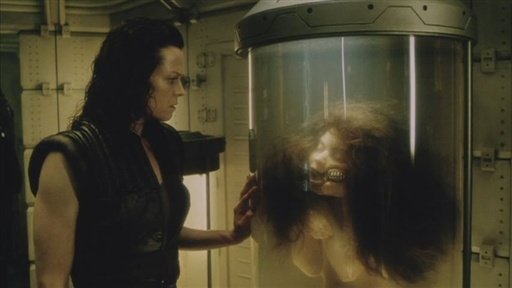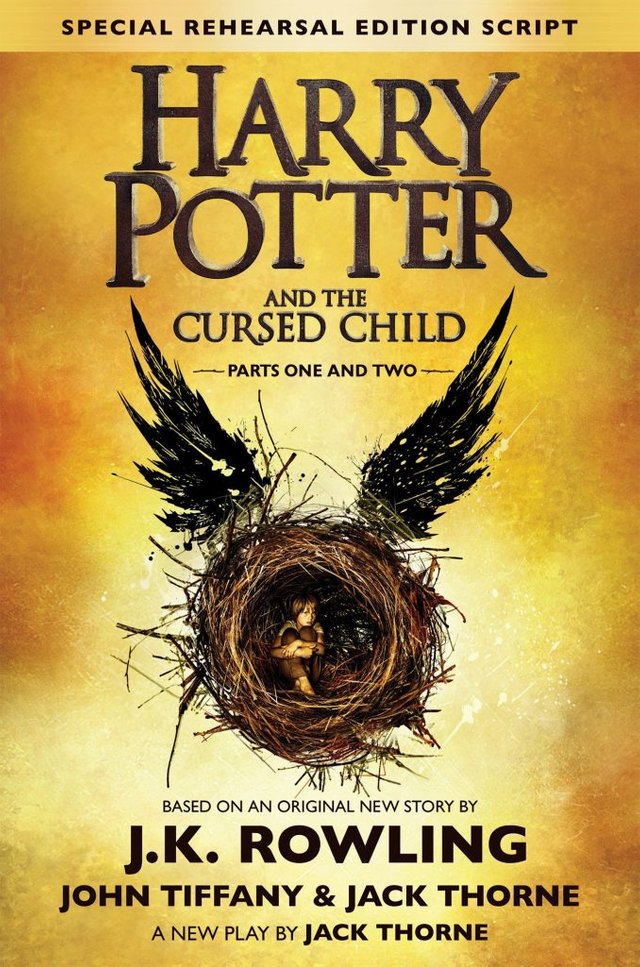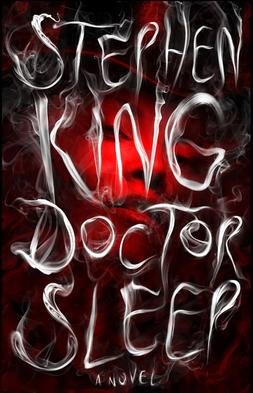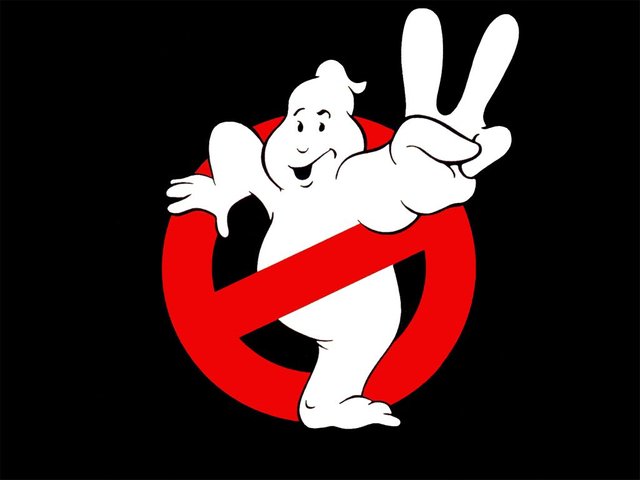This post was co-published at talanhorne.com
There are only three more entries in the Hooked on a Feeling miniseries.
I'm telling you this for a number of reasons. Perhaps the most important is that I want you to know that the series will not last forever. And, more than that, I want you to know that the series is not directionless. It is headed toward a destination. And once it reaches that finish line, it's over.
This is not because of any failing in the series itself. On the contrary, it has fulfilled its mission beautifully, and is nearing completion. The wrapping paper is folding around it now. The bow is incoming.
And it shall pass with the passing of the calendar.

There are three entries left, and three months left in which to post them.
One will come in October.
The next will come in November.
And the last one will come in December. When the year is ended, so to will Hooked on a Feeling be.
Fear not, however, for the success of this one miniseries may prompt me to pursue others in the future.
And Now, a Very Special Episode of Mr. Horne's Book of Secrets
Today, I would like to talk to you about a disease that affects all of us.
It comes without warning.

It destroys lives.

It doesn't care who it strikes. It's victims are male and female, young and old.

With early detection and prevention, it can be treated. Otherwise, there is no cure.
Every year, thousands of people fall victim to it---your family, your friends, your coworkers. Yet research into new treatments and alternatives continues to fall short, due to lack of funding.
Won't you be someone's angel today?
Won't you take a stand against...sequelitis?
What is Sequelitis?
Sequelitis is an infection that can strike in any story-based medium: TV Shows, novels, movies, etc. Once the disease has settled into the story, it causes abnormal and tumorous growth in the tissues of the narrative, inserting unnecessary and artificial tension and bloating storylines in unnatural ways, all as a pretense for the same misguided purpose: asexual reproduction.
Sequelitis stems from an author's or publisher's desire to clone the success of the story by trying to repeat it. It is like trying to induce reproductive budding in a human body, hoping to create offspring that is identical to the parent. What results is a homunculus so distorted a foul that the only merciful option is to shoot it dead on the spot.

That sad moment when a franchise dies.
How is it Contracted?
The infection is passed from author to book to consumer, and the disease manifests differently in all three hosts. The symptoms and infection vectors are a matter of some study, and difficult to summarize. However, they can be generalized thusly:
- In Authors: Authors contract sequelitis from the sky-high expectations of fans and business partners such as publishers. Unrealistic deadlines and poor preparation weaken the author's immune system until likelihood of contraction reaches critical mass. Symptoms include desperation, frustration, reclusiveness, and despondency. At this stage, the disease can still be treated with intelligent outlining, the courage to take risks and try new ideas, and a devil-may-care attitude towards the expectations of others. However, if left untreated, the risk of the infection spreading to the story itself becomes a certainty.
- In Stories: Stories are, for all intents and purposes, surgically open while their author is building them. This leaves them vulnerable to any illness that the author allows into the operating arena. Unfortunately, if the author is infected with sequelitis while working on the story, it will get infected. In rare cases, early stage sequelitis has been removed from a story after it has been cured in the author. But it spreads at a rapid rate and often cannot be removed without completely rebuilding the story. Symptoms include cloned storylines from previous books, bloated storylines that don't lead anywhere, and tacked-on endings that artificially open the door for more sequels without addressing the issues in the current story. Once published, sequelitis is sealed into the story, and the chances of spreading the infection to consumers are high.
- In Consumers: Consumers cannot be infected by simply handling a contaminated story. Holding the book in your hand is not enough to contract sequelitis. In mild cases, even reading the blurbs and story summary in the inside cover is safe. However, once the story is actually experienced by being read, watched, or listened to, the disease quickly moves to infect. Symptoms of sequelitis in consumers include frustration, anger, feelings of betrayal, depression, heartache, and massive amounts of complaining to anyone who will listen. In advanced cases, the consumer may fall out of love with the author and vow never to invest time or money in them ever again. One treatment exists for sequelitis in consumers: if the victim is already infected with Phantom Menace syndrome, and is unable to see the glaring faults in the story, he will be inoculated against the effects of sequelitis. However, 9 out of 10 doctors agree that in this case the cure is worse than the disease
Famous Cases of Sequelitis
Unfortunately, there is no evidence that sequelitis in our society is being contained. In fact, cases of the disease appear to be multiplying, so much so that examples of the infection can be found in some of the most popular media of our day.In legitimate theater.

In musical theater.

In cinema.

And in literature.

The prevalence of the disease has raised concerns that it may be finding new vectors of infection previously unconsidered, such as author-to-author transmission, or even medium-to-medium transmission.
However, one famous example of sequelitis has become a case study for all those who investigate the disease.
What We can Learn from Ghostbusters 2

Now, personally, I liked Ghostbusters 2, and cannot understand the raging vitriol aimed by so many people online against this movie.
However, I would have to be blind to ignore the symptoms of sequelitis plaguing this production. Ghostbusters 2 is wounded by the disease to the point that you can't help but watch it and wonder how much better it could have been.
The three problems that everyone points out are legitimate, namely:
- The existence of ghosts, which was proven beyond all doubt at the end of the first movie, has been entirely forgotten by the people of New York and the world, as if the event had never even happened.
- The ghostbusters' popularity and good will among the people of New York is suddenly gone at the beginning of the film, as if no one can remember how they saved the world during the last film.
- The romantic relationship between Dr. Venkman and Dana had been completely reset, and they were forced apart by shoehorned-in events.
Signs of Sequelitis
Consumers often find it useful to be familiar with the signs of sequelitis that may crop up in works, that they may know the reason why their stomachs are turning. And while possible signs come in a variety of flavors, there are a few commonalities that are unmistakable.- Sudden and uncalled-for plot twists may arise in the final minutes of the plot to open the way for a sequel.
- New main characters are introduced more than halfway through a storyline's completion. Not side characters, mind you, but full blown assets---often new villains---who will derail the current storyline to start a completely unrelated one.
- A feeling of returning "back to square one" at the beginning of a story. If the characters are visiting the same arenas as in previous stories, if they are fighting the same villains or going after some MacGuffin that is far too similar to the previous ones, or if the same in-group spats between the heroes are happening that have happened before, then you can be sure that this instance of sequelitis is quite advanced.
- Relationships being forced apart, after previously progressing beyond the point of no return. This is the "happily ever after undone" trope, and it is easily the most harmful of all the symptoms of sequelitis. It shakes our faith in the characters in a way that nothing else can. And it cheapens them, turning them into paper dolls where once they were beings of flesh and blood. If this symptom is encountered, then the disease has progressed to the bones of the story, and death is inevitable.
It is essential that we recognize both the outward manifestations and the root causes of sequelitis as dangerous. Otherwise, we risk destroying our stories before they are even born.
Treating Sequelitis
It has to be done within the author, since he is the source of the story. Treating the reader/audience after the fact will not mitigate the damage or prevent the disease from spreading, as such treatments cannot change the story, which by that time is already a finished and published thing, immutable by the consumer.
If sequelitis is to be eliminated entirely, we must take care of our authors, as a society, and give them the time and strength they need to stave off the disease through careful planning and outlining, as well as the option to simply not write a sequel if the story is already complete. Destroying the incubating grounds of the illness is the most effective way of preventing it. In this way, sequelitis is highly treatable, if society works together to isolate and expel it from their ranks.
Conclusion
Sequels don't have to be a bad thing. They don't even have to be planned for, if they are written well enough. But the pressure to recreate the success of an original thing can lead all sorts of creators into dangerous paths. It is better for each sequel to be treated as its own person, rather than relegating it to live in the shadow of its older sisters. This requires a degree of artistic freedom which me must allow to our content creators.
It is hard for those who do not have to create to understand the pressures put upon those that do. A little bit of empathy can prevent a mountain of tragedy. And if you are a fan, then you would do well to keep your hands from being too clingy, and allowing some fresh air to come in. It may just save you from horrible disappointments in the future.